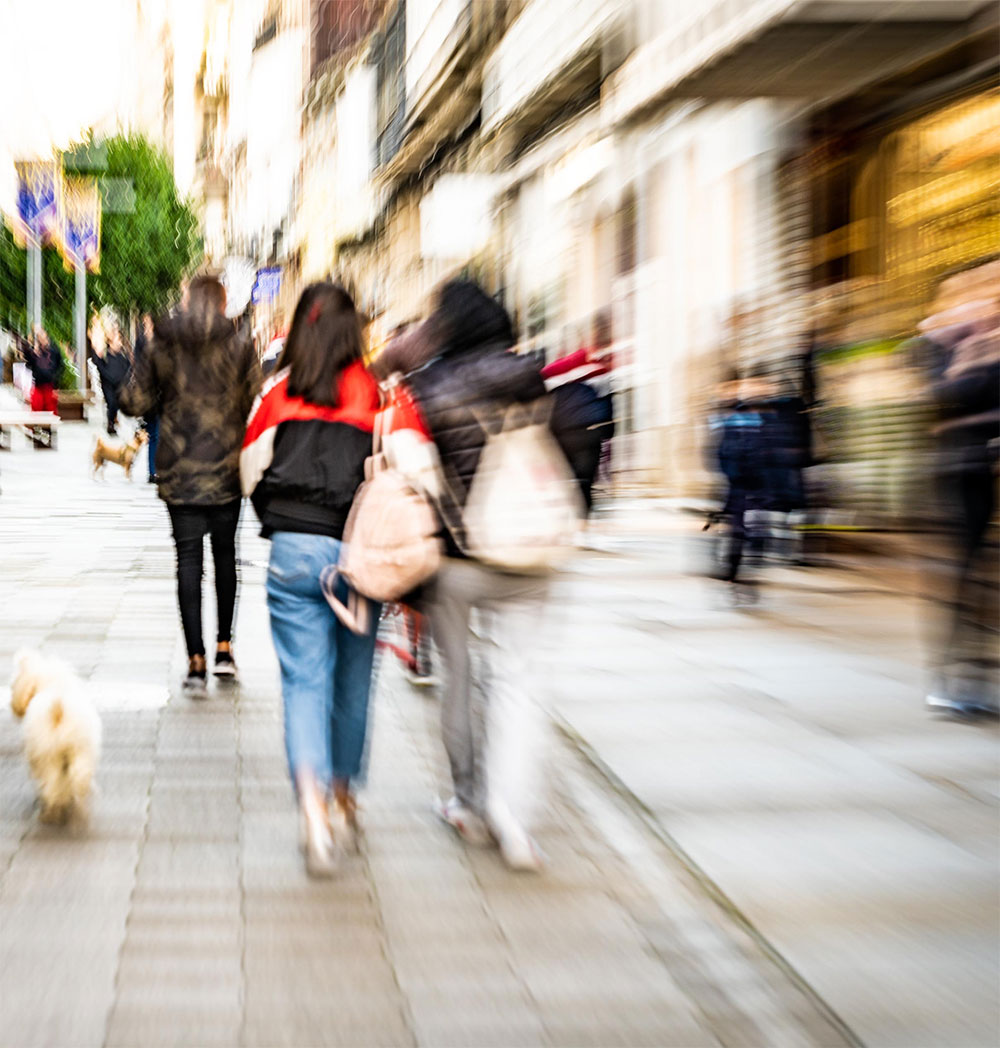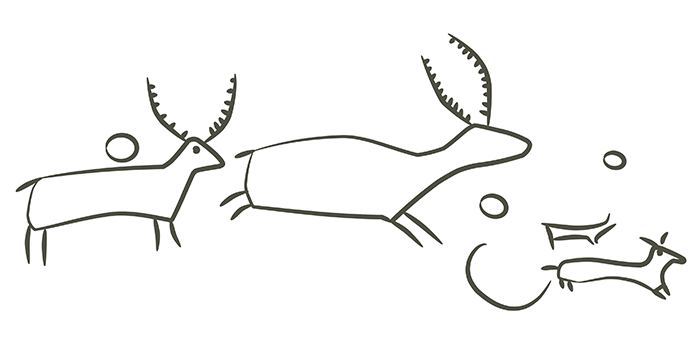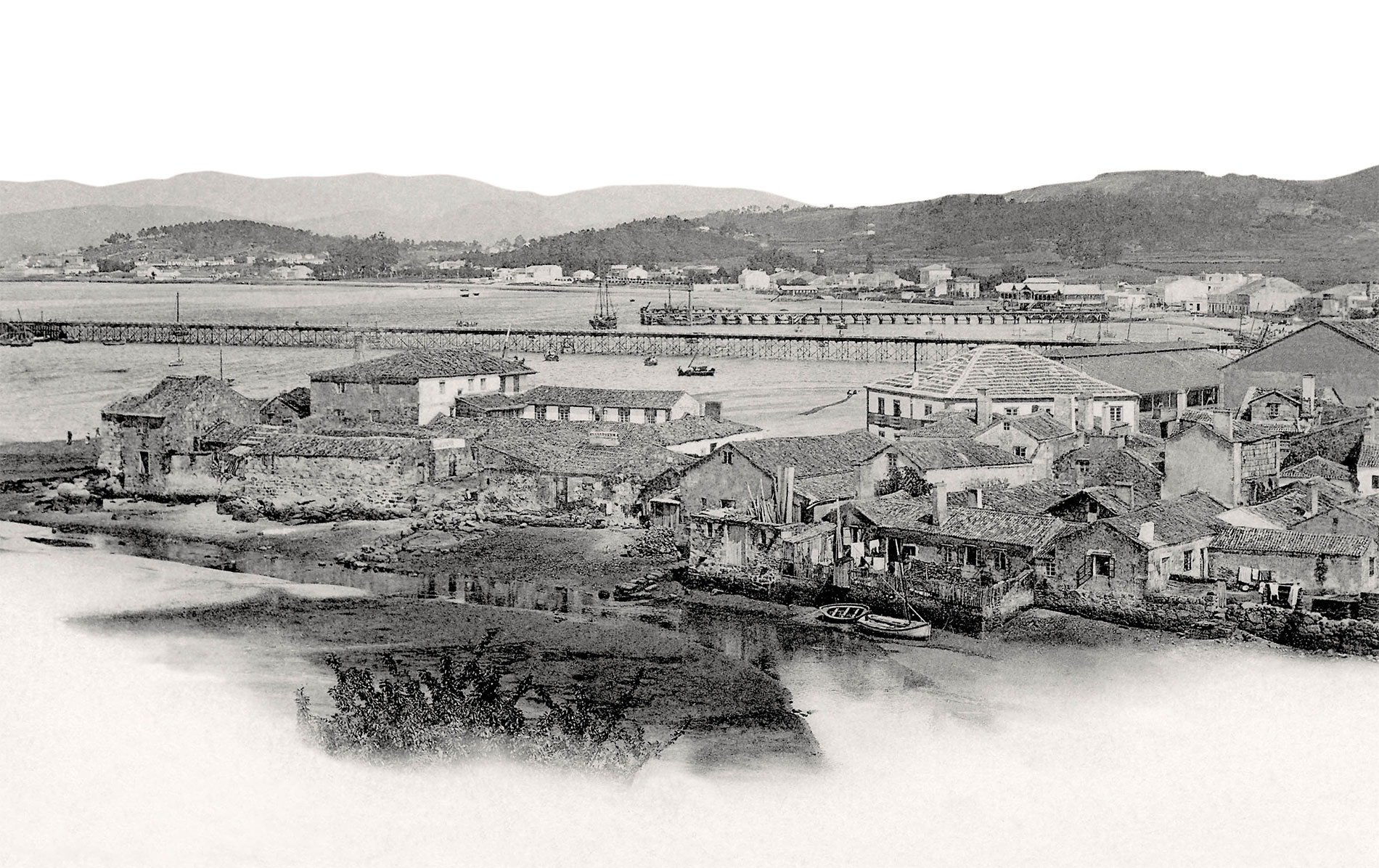Vilagarcía is Arousa and Arousa is the sea. Since our birth in the 15th century, the city has been looking onto the sea and thus, the port has put us in contact wih the world. This is the reason whereby people from Vilagarcía are so open-minded. We were the first to play football and also to lay down a railway. We have a long tradition in tourism, up to the point of offering a King an island as a summer residence, which today has been converted into a national park.
With nearly 38,000 inhabitants and in constant progress, Vilagarcía is today one of the most dynamic cities in Galicia. Accompany us and let us share it. Please, you first…

Vilagarcía, the capital or the Arousa estuary or ría, and the natural port of Santiago de Compostela, has a population of 38,000 inhabitants, which has become the eighth biggest city in Galicia.
It is a place with distinguishing characteristics. And it is not in vain either, that so few cities can offer a location and a climate which is enjoyed in Vilagarcía, from the shores of the sea and pleasant temperatures, and it is also a port of national interest, a railway station, direct access to the motorways, two international airports within half an hour, a hospital, an exhibition centre, an auditorium, a chamber of commerce, a rich historic-artistic heritage, one of Galicia’s finest gastronomy areas, traditional shoping and international high-street shops and brands, beaches that frequently receive the EU blue flag award, a sailing port, a seafront promenade, a sports complex which includes a swimming pool, spa and athletics stadium, tourist festivals of national interest and a wide and varied choice of fun-loving, cultural and sporting activities.
For these reasons, Vilagarcía de Arousa is an ideal place to live in tranquility, with all the services of a city and without the stress and hassle of the city life and with the chance to enjoy some of the fun-filled choices offered by the main Galician town councils without needing to move too far. In short, a place with a quality of life.
Vilagarcía forms part of two distinct geographic realities which complement each other: the Salnés valley and the ría de Arousa.

The petroglyphs of Os Ballotes and Meadelo, in Bamio, and the castros, or iron-age settlements, of Alobre, in Carril, Agudín and Lobeira, alongside numerous other Roman civilization ruins, speak volumes of a continuous growth of this priviledged portion of the Galician coast.
The first documented mention of Vilagarcía dates back as far as 912 A.D. when Bishop Sisnando gave the ancient Arealonga church to San Martín Pinario monastery. For centuries, the monks of Santiago de Compostela ruled until the 15th Century when a noble family, the Caamaños, founded what would later become “the port and town of Vilagarcía”.
The 17th Century was an era of great splendor for Vilagarcía, due to Fernando of Andradre y Sotomayor, a descendant of the town founders and Archbishop of Santiago, who stands out as a remarkable figure during this era. It was then when Vilagarcía became a Marquise, being Don Fernando’s brother , Mauro de Mendoza, the first Marquis appointed. Then, a grandson of Don Mauro’s, Antonio José de Mendoza y Sotomayor, Marquis III and Viceroy of Peru gained the licence for a street market which still takes place today.
The 19th century saw the consolidation of Vilagarcía as a port and chief town of Arousa and O Salnés. In 1808, Vilagarcía was the first town to rise up agaist the French, a reason why it was so harshly repressed. The town was subsequently reconstructed, and the port was seen as a driving force of the future.
In 1907, a thriving Vilagarcía became a reference point in Galicia, the town granted Cortegada Island to King Alfonso XIII for him to build a summer residence. Six years later, in 1913 the, then independent, town councils of Carril, Vilaxoán and Vilagarcía came together to form the Vilagarcía that we know today, an open and mixed city which leads an area which has become one of the most thriving areas in Galicia.
